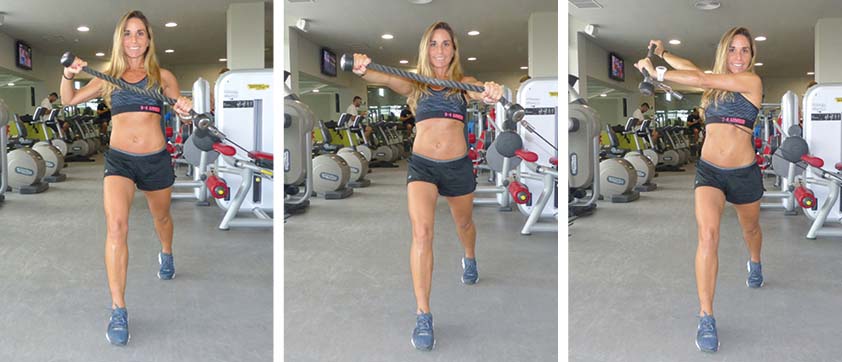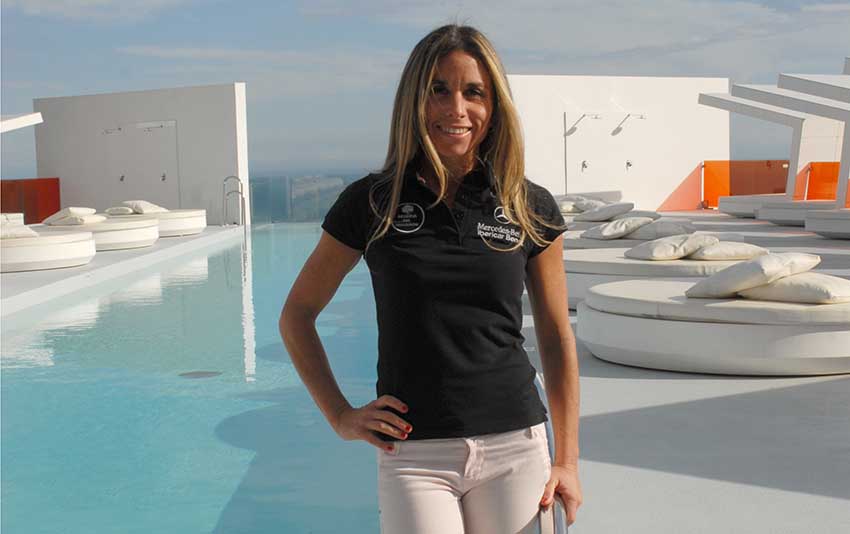We are all aware of the importance of developing strength in order to be able to hit further and have a more effective swing. Both in golf and in most other sports, the muscles represent the trunk, or core, that generates power, and in this case the speed of the club – while the arms accompany this movement.
The better I relay the power that my body generates through the club, the more effective my shot will be. That is why specific work on potency is very important. The problem arises from the fact that often people practise only using vertical or lineal movements – such as Olympic weights, jumping, sprints, balancing with kettlebells and throwing a medicine ball (BM) – and forget to incorporate lateral or rotational movements. Golf (and most other sports) depend on rotational and lateral power, requiring large levels of force outside the sagittal plane.
Strength and power on the sagittal plane (squat, deadlift), do “not always” result in potency on the frontal and transversal plane. While both require, to a large extent, strength and power from the hip, they also require different sequences and patterns to achieve potency when striking the ball.


One exceptional tool for working on developing strength along these planes is the medicine ball. It is brilliant because it allows you to imitate and break down the correct sequence for these patterns. It is important to be aware of this sequence: pelvis, upper body, arm and implement (in this case a golf club), as the difference between a lower-level and higher-level player is often a consequence of this sequence.
Exercising with a medicine ball allows us to break down and slow down (important in order to learn the sequence) the specific rotational movement of the swing, and also to highlight the correct sequence and understand the source of our potency.
Conclusion: training with a medicine ball could be one of the key tools to boost power and distance with your swing.




